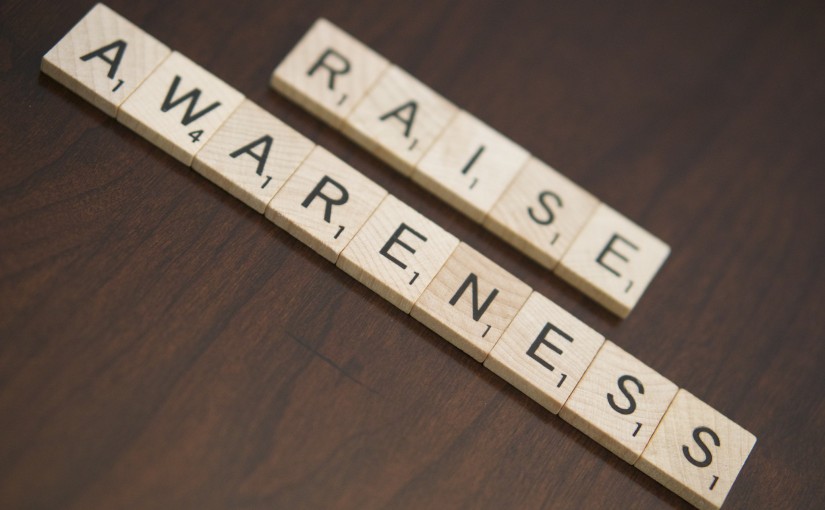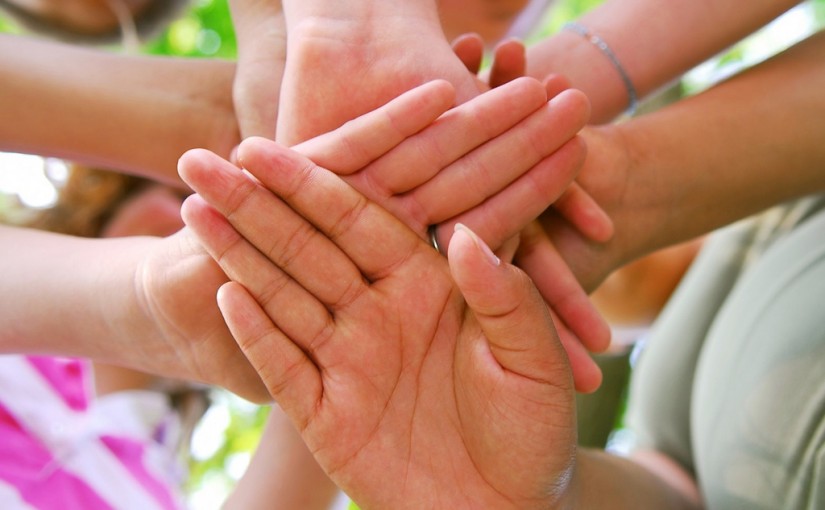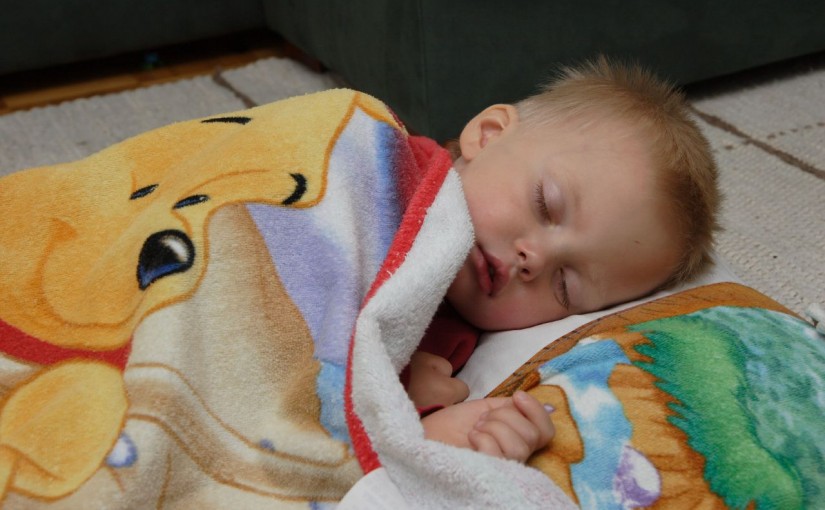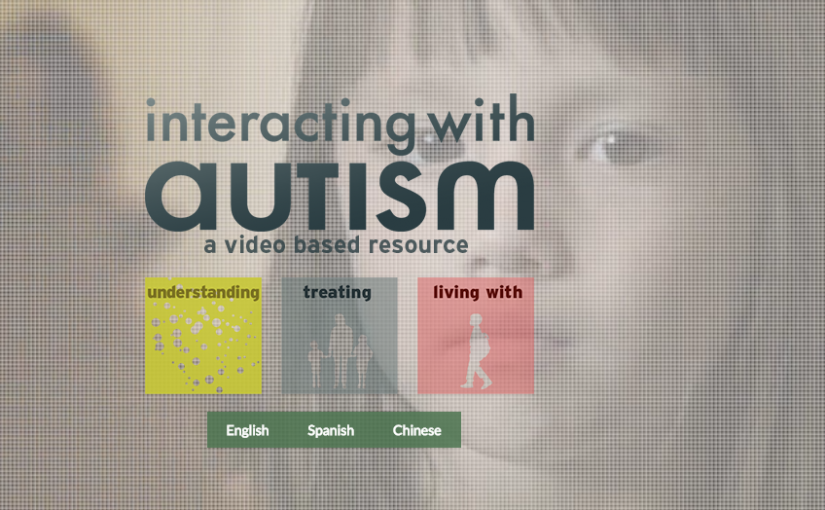Category: General Awareness Initiatives
-
Suicide Prevention Awareness Month
September is the month that recognizes the need for Suicide Prevention Awareness, seeing as suicide is the 2nd leading cause of death for people ages 10-34 and the 4th leading cause of death for people 35-54 . Suicide is always a concern, but with the ongoing pandemic and ever changing landscape that is 2020, mental health is as important as…
-
Round Up Campaign
Every time you purchase through the WorkPlacePro.com website you have the option to round up your total to the nearest dollar. When you decide to round up your total you can choose from 3 different organizations to donate your money. Currently the options are The Breast Cancer Foundation, The American Cancer Society, or the…
-

Finding a Good Wig
Why Wear a Wig? For many chemotherapy patients, wigs are a lifesaver. Many women who have experienced breast cancer or any other type of cancer which required aggressive chemotherapy, know the trauma of losing a major part of your body – head hair, body hair, eyebrows and eyelashes. For these brave women, a beautiful wig…
-

What Are Special Needs?
As of the 2012-13 school year, 14 percent of all public school students were receiving special education services, according to the National Center for Education Statistics. But what does it mean for a child to have special needs? Broadly speaking, “special needs” is used to describe children who require any kind of special support due…
-

Using Awareness Days To Raise Funds
Do you have a cause you support? Do you want to support the cause, but have no money to donate yourself? Do you want to earn money and have fun in the process? If you answered yes to any of these questions this article is for you. We will discuss several ways to earn money…
-

Childhood Cancer Fact Sheet
A cancer diagnosis is always distressing, but it can be especially heartrending when the patient in question is a child. There are some notable differences between cancers in children and cancers in adults. Here are some key facts about childhood cancer: Children make up less than 1 percent of all cancer diagnoses each year.…
-

Pediatric Cancer: Managing the Side Effects of Treatment
Thanks to great strides that have been made in cancer treatments, more children who get cancer survive now than ever before—more than 80 percent of children survive at least five years, and most are cured. But cancer in children is different from cancer in adults. Kids’ quickly growing bodies respond to treatment differently, and that…
-

Bringing Out The Best In Your Special Needs Students
Every student has the potential to succeed. But in a traditional classroom, it can be harder for students with special needs to tap into that potential. Special needs students’ success can be limited by the unique challenges they face. It can require a thoughtful effort from teachers to ensure that special needs students thrive in…
-

Interacting With Autism
If you are a parent, hearing a diagnosis of autism in your child can be a scary situation. Older teens and adults who are diagnosed later in life are often just as frightened, and may not know where to turn for answers. Whether you yourself have been diagnosed with autism, or you are looking for…
-

Climb Stairs For Cancer Awareness
What burns twice as many calories as running and offers a more complete body workout? Climbing stairs. Many are finding the challenge of a stair climb race to be more exhilarating than a typical run, and it’s rising in popularity as a competitive sport around the world—it’s even in the Olympics. What to give it…